Who Wins a Head-to-Head Matchup, GoPro HERO8 or MAX?
Which of the new GoPro cameras right for you?
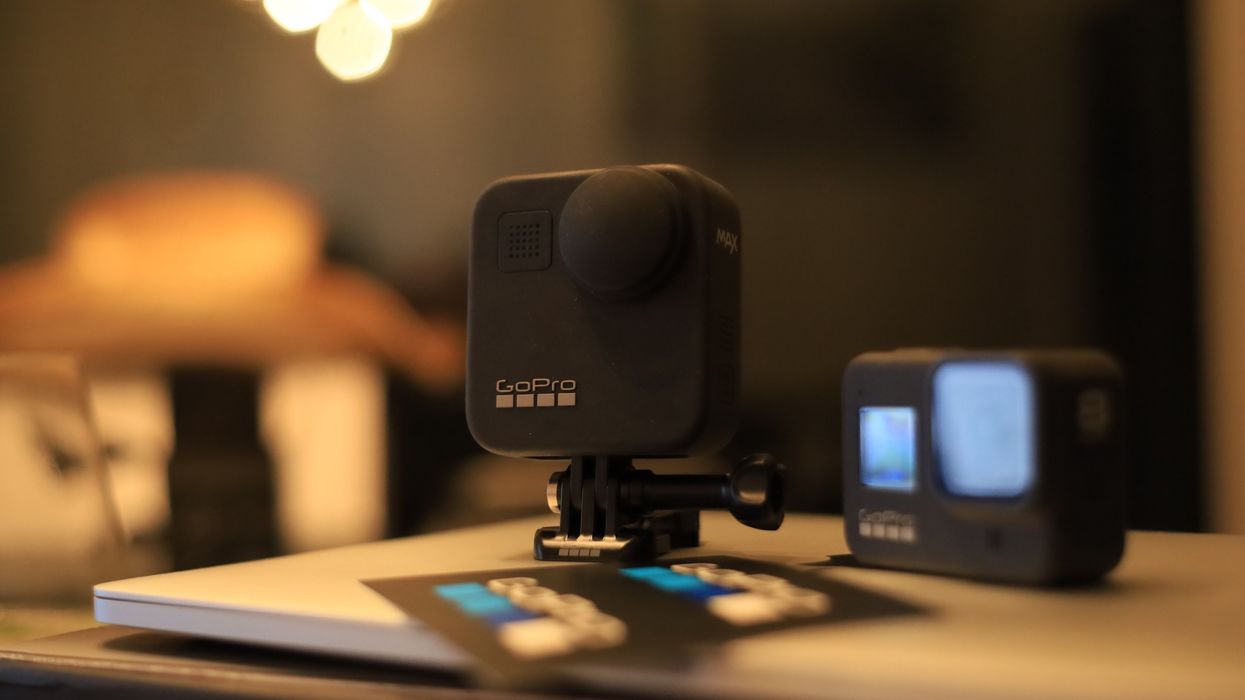
For years, GoPro has made action cameras that could mount just about anywhere to capture anything. They are reliable, waterproof, and indestructible. Now with the introduction of MAX and the upgrade of HERO8 Black, choosing the one that's best for you is not only a question of what you’re capturing but how.
Do you want a high frame rate? 360° video? What about panoramic photos? Burst mode? Night lapse videography? You'll have to answer these questions and others when deciding between the two. No Film School is here to help you out. Let's get into it.
HERO8 Black
The HERO8 Black continues the familiar exterior GoPro design and replaces the HERO7 Black. The dimensions are relatively the same and its weight of 126g is only 10 grams heavier than the HERO7. The big advantage of the HERO8 design is it no longer needs a separate frame to attach to GoPro mounts. Instead, a folding fingers mount is built into the bottom of the camera. The mount is retractable so it doesn't get in the way, and if it happens to break, it can easily be replaced.
Since the folding fingers mount retracts, the bottom of the camera remains flat allowing for accessories such as the Display Mod to be attached. The Display Mod adds a 2" flip-up front-facing screen to the setup. So if you're looking to use a GoPro in a selfie mode or vlogging style, this is the modification you'll need.
The camera is, as you might expect, pleasantly small and nimble. It's designed for your adventures with fun perks, such as the SloMo option (indicated by a snail in the menu), Night Lapse, Burst Mode, and TimeWarp options, as well as impressive stability for all those action sports.
A word of advice. Don't skip reading the manual of either camera, it may prove to be frustrating. 4K is not actually a visible video preset when you switch to video mode right out of the box. You'll need to jump into the menu for that.
Video on the HERO8 still records 4K UHD at up to 60 frames per second, like HERO7, but there's a bump in bit rate: 100Mbps compared to 78Mbps. You can adjust the bit rate, which for some video settings is automatically set to low, and ISO settings, in the menu. The good news is both the menu and the GoPro phone app help make it easy to select each option.
In addition, while Voice Activation is possible, you'll need to use the predetermined commands—they are listed here and in the manual. Best to memorize those before you head out.
When there's a lot of light, the HERO8 Black does just fine. However, from the get-go, you'll notice noise in regular everyday circumstances, even with a normal amount of light. The sunlight on a snow-covered mountain is probably not be considered a normal amount of light, and yet, that was the only place I filmed where the HERO8 captured footage without grain, at least with no camera adjustments.
You might find yourself wondering: How does GoPro get those smooth, colorful night shots on its website? And that's a fair question.
When I tested the Night Lapse, it was clear that you need a lot of light (and interesting material) to make it truly shine. The Night Lapse mode captures a series of stills (I ended up with 1500 over three folders), which you'll need to manipulate in video editing software or attempt to use in GoPro Quik, the GoPro Editing Software that replaced GoPro Studio.
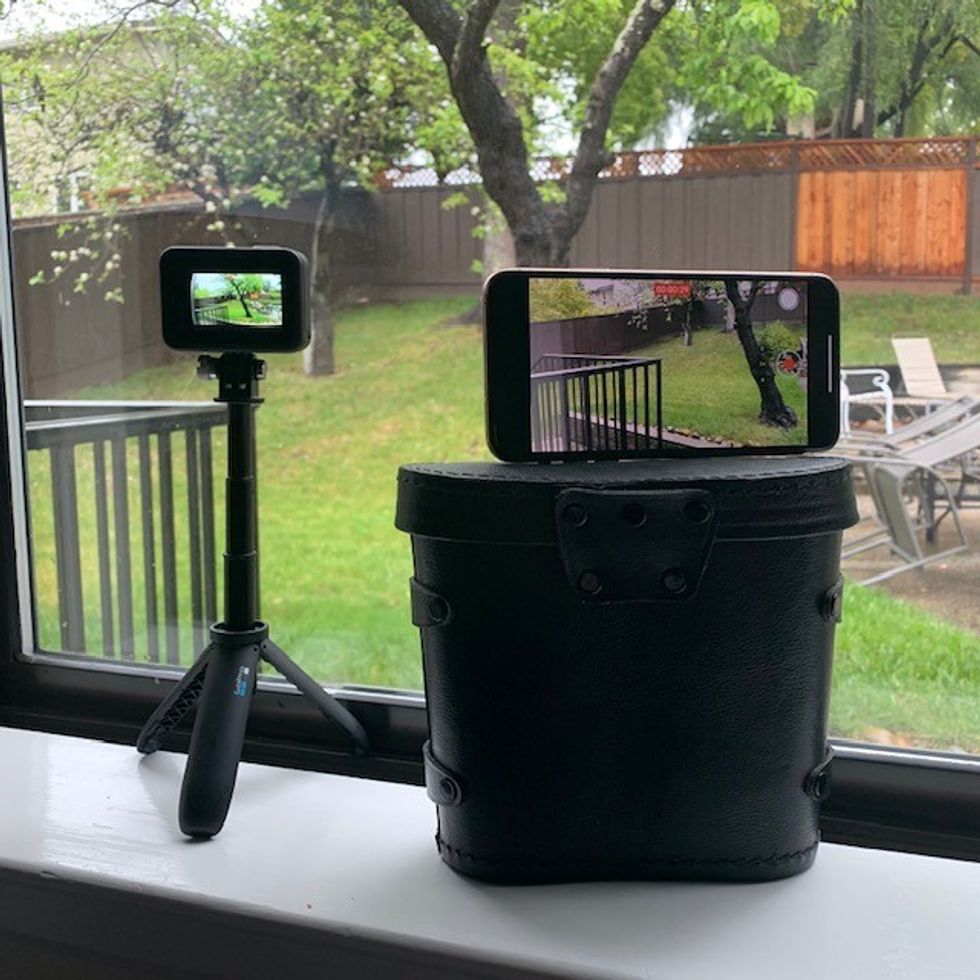
One advantage of the HERO8 over the MAX is its ability to shoot in 240fps. When I brainstormed the type of footage I'd like to capture in a high frame rate, I realized I'd need a few tools to snap the camera onto a mountain bike or wear it while attempting to snowboard. And trust me, at 240fps, my lack of snowboarding skills would really be highlighted. It's also worth noting that the iPhone 11 Pro Max can shoot 240fps, so let's compare the two. To test them, I set up the iPhone and the GoPro together to capture the Northern California rain.
Both capture at 240fps in HD, though the iPhone automatically slows down the footage whereas the GoPro footage needs to be manipulated first. Both, as perhaps expected, also come with a bit of noise.
MAX
The MAX is a 360° camera that replaces GoPro Fusion. From the moment you open up the GoPro MAX things feel new. With lenses on both sides and sturdy design, I hoped this device could be a tool of all trades. It was enticing before I opened the camera, and when you do, I promise you'll have fun.
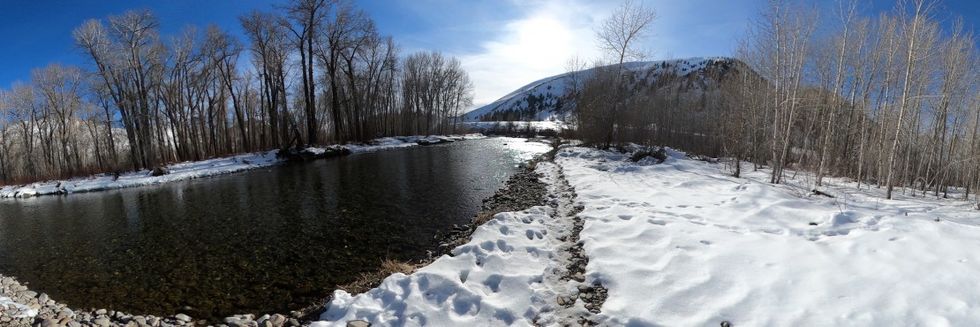
I normally smile when I fish, but this time, I was smiling a lot more with a waterproof (well, kind of), lightweight, and fun 360° camera. The PanoPhoto feature is great, as long as your hand is not in the way and comes with a timer so you can take the perfect panoramic selfie. Even while hiking with fishing boots in the snow, the HyperSmooth MAX stabilization was impressive and made my step over a log seamless and smooth.
Viewing 360° footage is easy in the GoPro Player, and the 6 built-in microphones make you sound like you're there. The great news with 360° is that with a little bit of selection and a little bit of flattening, along with the microphone array, you can get coverage in all directions.
https://vimeo.com/403216965
While you'll quickly want to head on out and film with the MAX, you may not want to run straight to the river without checking a few things first. The provided snap-on lens covers are meant to help make the camera waterproof, but when I dunked the camera into the river (I was checking for fish after all), water seeped through the lens covers. Having water trapped in your lens isn't exactly a good look, and, I wasn't about to test how waterproof a camera was without the given covers. By the way, if you do film afterward, you'll want to take the covers off. Having trapped water and fog does not make for great footage.
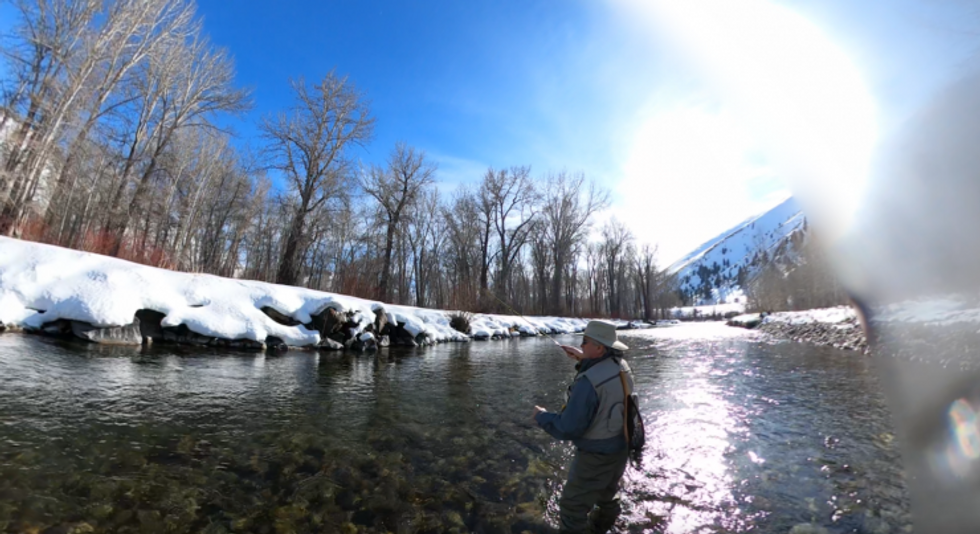
The Conundrum
Releasing both cameras at the same time creates a bit of a conundrum. The HERO8 has high frame rate options and night modes, but the MAX doesn't. MAX has the 5.6K30 360° video but doesn't have 4K video in Hero mode.
While GoPro cameras are not a be all end all solution, it would be nice if both models started sharing more of each other's specs. For now, you'll need to think ahead on what you want to capture and how you'd like to capture it. If 360° video isn't your thing, grab the HERO8. If it is, then the MAX is for you.
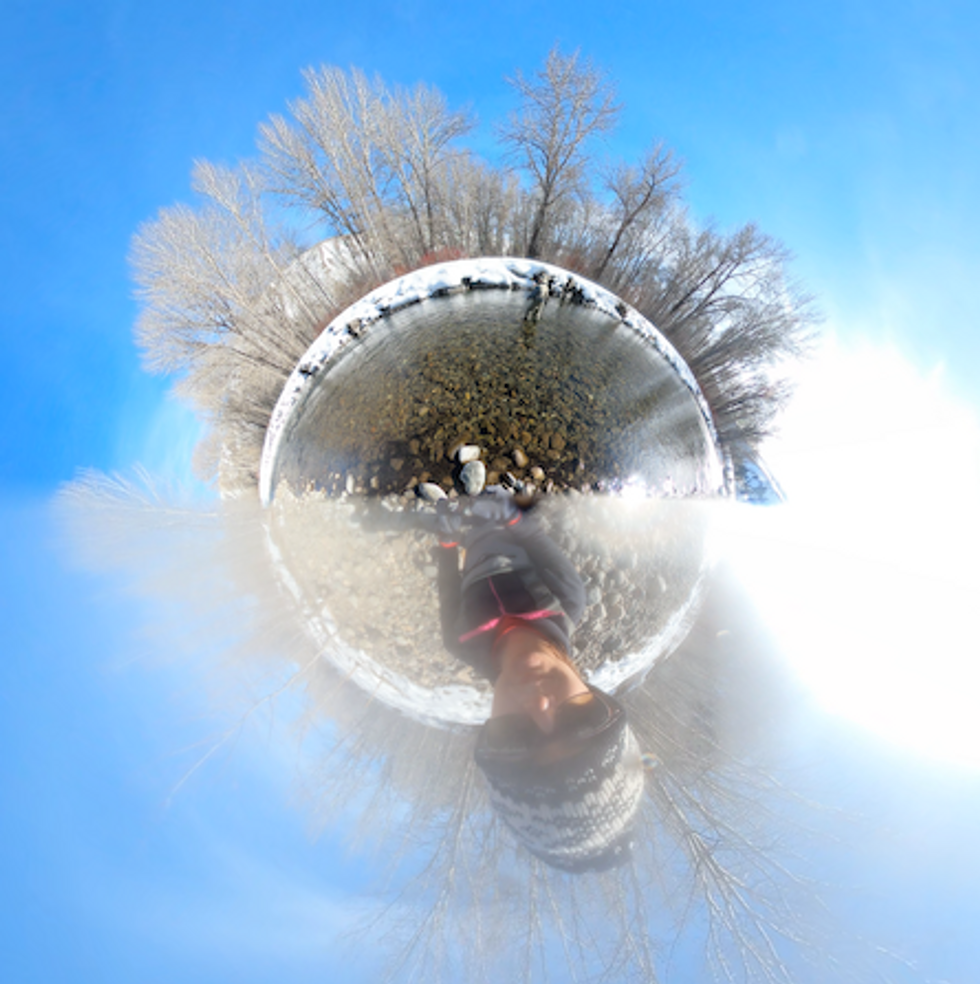
Final Thoughts
If I had to choose, I would go MAX all the way. 360° video, dual lenses, and creative elements far outweigh any flaws. Yes, I would be stuck if I ever wanted to trek above 60fps, but for creative endeavors and a bit of flair, the MAX offers maximum fun. HERO8 Black retails for $350 and the MAX is available for $480.











